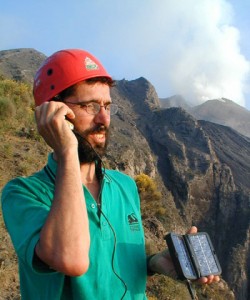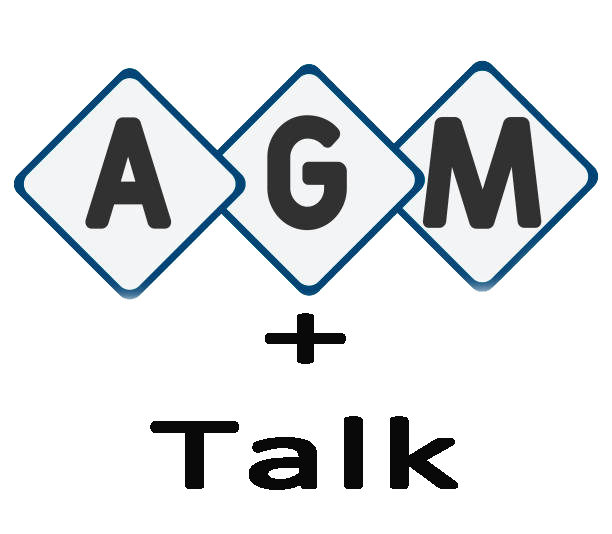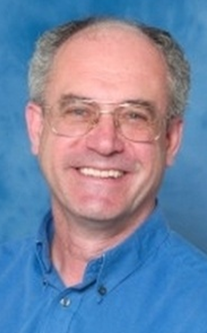In this lecture, Professor David Rothery will be talking about “Mercury – New Views of the Sun’s Innermost Planet”.
Many questions remain for ESA’s BepiColombo to answer ten years from now, but thanks to NASA’s MESSENGER (orbiting Mercury March 2011-March 2015) we now know far more about the closest planet to the Sun than was possible from ground-based astronomy and the Mariner-10 flybys in the 1970s. Mercury is a rocky planet with a disproportionately large iron core. The outer core is molten, and dynamo processes there generate a magnetic field (unique among the terrestrial planets apart from Earth). It has a rich and dynamic exosphere. The surface is perplexingly rich in volatile elements such as S, K, Na and Cl, and there is widespread evidence of explosive volcanic eruptions (mostly more than 3 billion years ago, but extending into the past billion years) that must be driven by expanding volatiles. Such volatile abundance is hard to reconcile with models for Mercury’s origin that call for much of its primordial rocky fraction to have been stripped away, possibly in a giant impact. Thermal contraction of the planet has led to widespread development of ‘lobate scarps’ at the surface that have taken up at least 7 km of radial contraction. The most recent macroscopic process to sculpt the surface (other than ongoing impact cratering) is the formation of ‘hollows’ – occurring as fields of steep-sided, flat-bottomed depressions tens of metres deep where a surface layer has been removed, seemingly by some sort of sublimation process. The volatiles involved may be sulfides.
Professor David Rothery has been a Senior Lecturer in the Open University Department of Earth Sciences since 1994 (transferring to the Planetary & Space Sciences Division of the new Dept of Physical Sciences in August 2011). In May 2006 he was appointed UK Lead Scientist on MIXS (Mercury Imaging X-ray Spectrometer), which is the only UK Principal Investigator instrument on BepiColombo, the European Space Agency mission to Mercury to be launched in 2017. He became MIXS Lead Co-Investigator in 2014. He is chair of the ESA’s Mercury Surface and Composition Working Group.
David’s research interests centre on the study of volcanic activity by means of remote sensing, and volcanology and geoscience in general on other planets.






You must be logged in to post a comment.